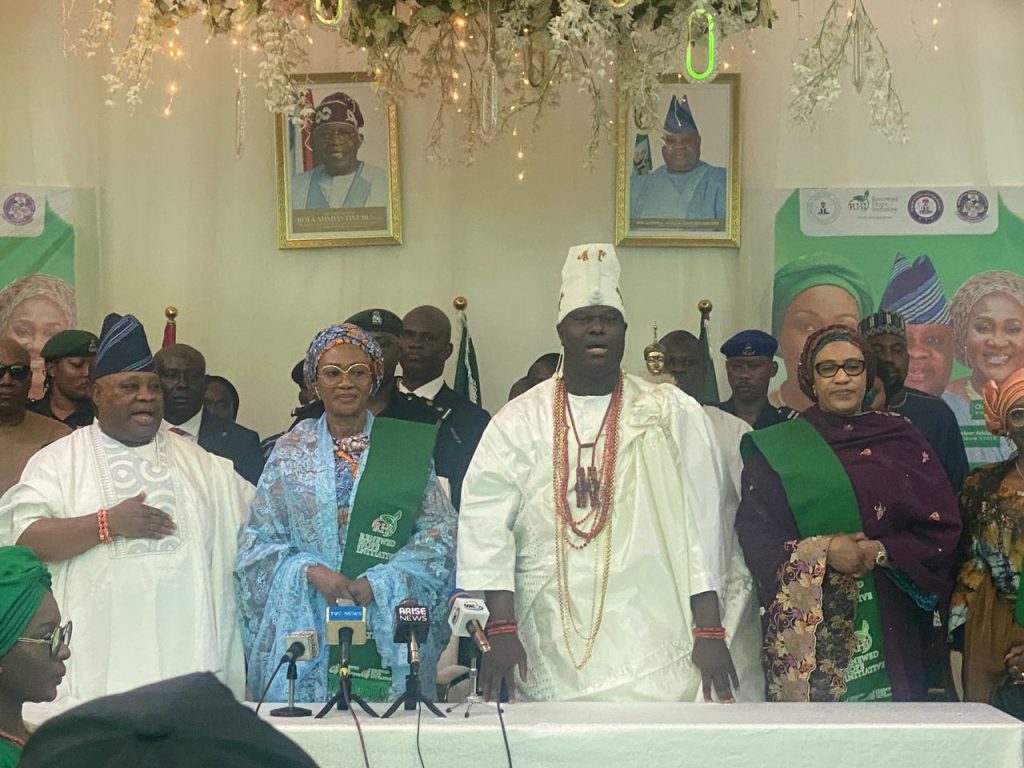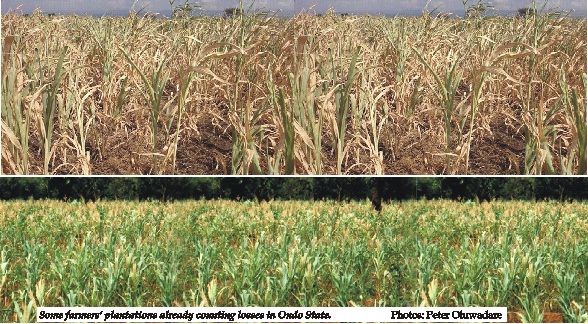Mango Planting
By Fatima Muraina
|
It is advisable to know the type of mango you want to go for. Some mangoes are high in demand, like the Alphonso mango (sweet mango), Lipens mango, kerosene mango, German mango, and others.
Get a Location
Getting a good location that has a good and suitable soil will contribute to your mango production.
Loamy soil is regarded to be the best soil for growing mango. Mango requires a soil that can hold water and also slowly dry them.
Your chosen location must not interfere with any buildings, overhead power or underground plumbing.
Land Preparation
Mango planting should be done after you must have prepared your land. The land can be prepared by leveling, deep ridging and creating slops that will allow good drainage.
In planting your mango, it is required that you space them so that they can receive enough air and sunlight for proper development and growth.
Planting of mango is normally during the month of July to August and also in the months of February to March for proper yield and maximum development.
Propagation Practices
It is important to know how mangoes are been grafted because a grafted mango tree can easily bear fruits and also easy to manage than when is produced as a seedling tree.
Grafting of mango trees in the process of transferring its bearing tree to separate seedling know as rootstock.
Pruning
Pruning a mango tree is very important because it provides access for branches to develop very well, knowing that branches are where the fruits develop. Pruning mango trees helps to maintain height and also enhances flowering and fruiting.
Keep pruning for about 2 – 3 years until the tree has a strong scaffold and open frame and once the tree got to a workable height as you want, you can only make one or two thinning cuts per year to aid control growth.
Pest and Diseases Control
Pest normally affects the mango, most especially at their tender stage, using the right pest control that can help to effectively control or reduce it.
It is advisable to make use of a particular pesticide for controlling mango pests.
Irrigation in Mango Farming
Mango trees are regarded to be strong in nature and require a small quantity of water than other commercial fruit tree development such as banana farming.
Irrigation is necessary during an interval of two to three days or normally in the first year of your mango farming.
At about an interval of 10 to 15 days, it is advisable to provide water to those bearing plants. And irrigation can stop after their full growth.
Grafting
Mango planting should be done at the beginning of the rainy season, because of the lower risk of the plant in the rainy season.
Mango farming should be done during the month of July to August and is regarded to be the best season to plant mangoes. And mangoes can also be planted in the irrigation region from February to March.
Grafting is regarded to be the most trusted and economical means of propagating mango. Grafting of mangoes should be done during the warmest months of the year using the night temperatures above 18°C (64°F).
Spacing
Tree Spacing will help to determine how many trees that will be required. Spacing in mango farming affects growth, yield, and management practices.
Manure and Fertilizer Application
The soil should have high essential organic matter such as potash, nitrogen, boron, phosphorus, etc. that will help to block your fruit farm from some diseases.
It is important to apply fertilizers and manure for up to ten years of planting the mango tree, each and every year after planting.









